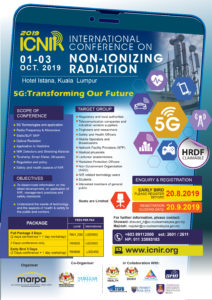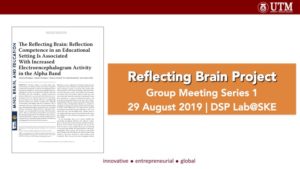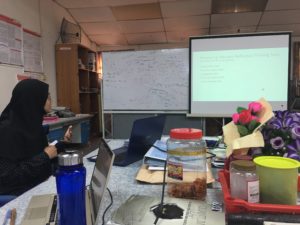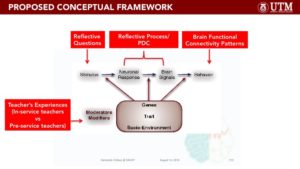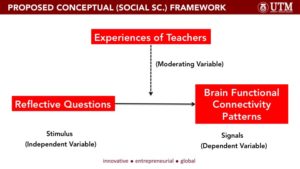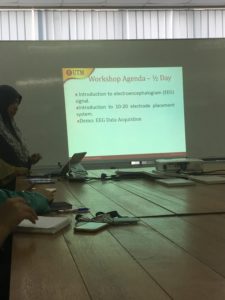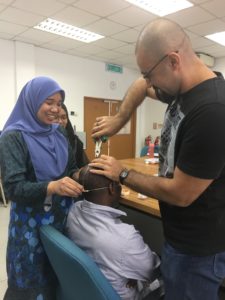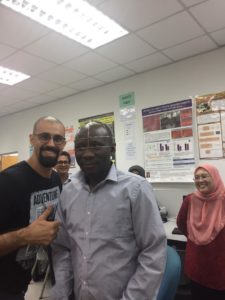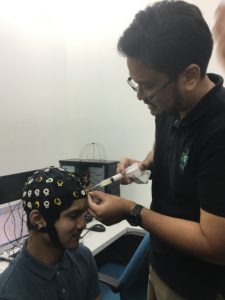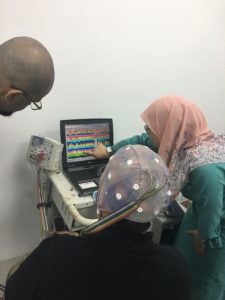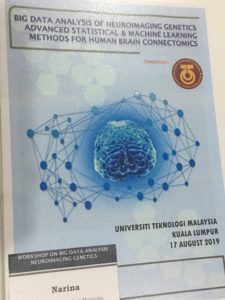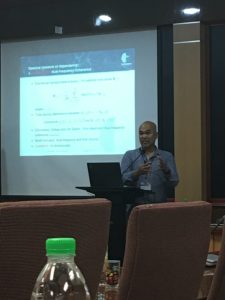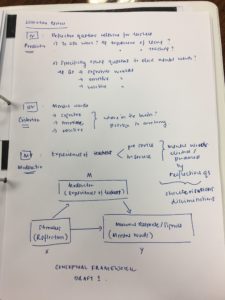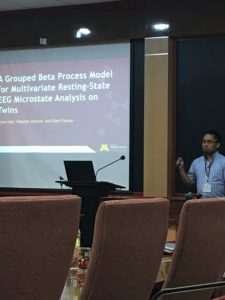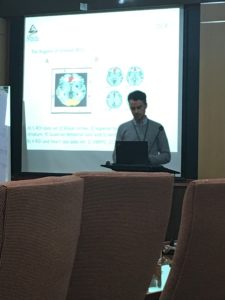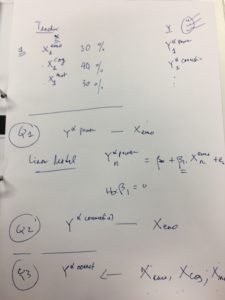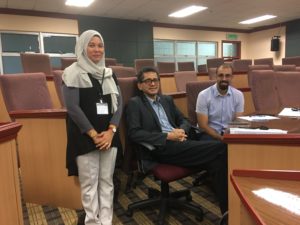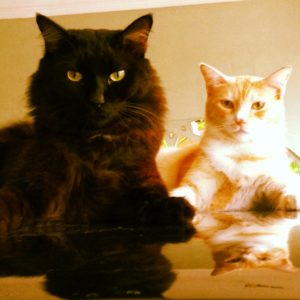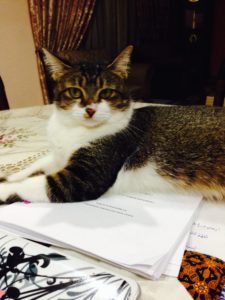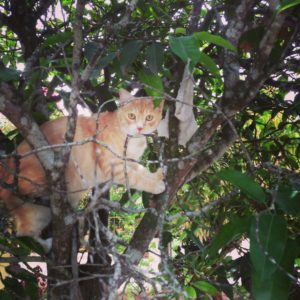Recently I was asked by the Deputy Director of CTL to give my views on the idea of incorporating research activities into teaching approach. One of the questions posed was: “Is university research good for teaching?”. Being true to my “researcher self”, I started to dig into the literature and revisit my past write-up on the development of student’s scholarship (i.e. scholarly thinking) as one of UTM’s revised graduate attributes. And so I managed to come up with a short summary about research/teaching nexus, on which I eventually derived my answer to the question:
Question 1: Is university research good for teaching?
The concept of research/teaching nexus emphasizes the importance of linking the two main core activities of a university i.e. research and teaching (Tight, 2016). To answer the question of whether university research is good for teaching requires one to refer to the literature.
Past literature suggested the benefits of teaching informed by research and this is especially in enhancing the student’s learning experience (Dekker & Wolff, 2016; Healey & Jenkins, 2009; Mägi & Beerkens, 2016; Walkington, 2015). Through research-based teaching approach, student engagement can be enhanced through their involvement in inquiry activities (Sproken-Smith et al., 2013) which nurture their scholarly thinking (Shanahan et al., 2015). Courses that integrate research into teaching have been found to enhance students’ understanding of research process such as problem identification, analytical data interpretation, and integration of practical theories (Fechheimer et al., 2011; Jenkins, Breen & Lindsey, 2007; Petrella & Jung, 2008; Willison & O’Regan, 2007).
The inclusion of research activities in the process learning and teaching can also encourage the involvement of students in active learning that leads to the development of self-determined and autonomous learners (Willison & O’Regan, 2007). This indirectly enhances students’ soft skills such as tolerance towards learning challenges, self-confidence and effective communication skills (de la Harpe & David, 2011; Hill & Walkington, 2012). These acquired skills are vital for student’s employability, while incorporating lifelong learning (Stappenbelt, 2013). Based on this brief literature review, I would say that university research is good for teaching.
My main references:
Dekker, H., & Wolff, S. W. (2016). Re-inventing research-based teaching and learning. In presentation at the meeting of the European Forum for Enhanced Collaboration in Teaching of the European University Association.
de la Harpe, B., & David, C. (2011). Major influences on the teaching and assessment of graduate attributes, Higher Education Research & Development: Journal of the Higher Education Research and Development Society of Australasia, 31(4), 493-510.
Fechheimer, M., Webber, K., & Kleiber, P. B. (2011). How well do undergraduate research programs promote engagement and success of students?. CBE—Life Sciences Education, 10(2), 156-163.
Healey, M., & Jenkins, A. (2009). Developing undergraduate research and inquiry. The Higher Education Academy
Hill, J., & Walkington, H. (2012, October). “One step closer to the real world”: Engaging students in authentic research dissemination beyond the curriculum. Paper presented at the Inter- national Society for the Scholarship of Teaching and Learning Conference, Hamilton, ON, Canada.
Jenkins, A., R. Breen & R. Lindsay (2007). Reshaping Teaching in Higher Education. Linking Teaching with Research. London: Routledge.
Johnson, W.B., Behling, L.L., Miller, P. & Vandermaas- Peeler, M. (2015): Undergraduate Research Mentoring: Obstacles and Opportunities, Mentoring & Tutoring: Partnership in Learning, DOI: 10.1080/13611267.2015.1126167.
Mägi, E., & Beerkens, M. (2016). Linking research and teaching: Are research-active staff members different teachers?. Higher Education, 72(2), 241-258.
Shanahan, J.O., Ackley-Holbrook, E., Hall, E., Stewart, K. & Walkington, H. (2015). Ten Salient Practices of Undergraduate Research Mentors: A Review of the Literature, Mentoring & Tutoring: Partnership in Learning,
Petrella, J. K., & Jung, A. P. (2008). Undergraduate Research: Importance, Benefits, and Challenges. International Journal of Exercise Science, 1(3), 91–95.
Spronken-Smith, Rachel, Jason Brodeur, Tara Kajaks, Martin Luck, Paula Myatt, An Verburgh, Helen Walkington, and Brad Wuetherick. (2013). Completing the research cycle: A framework for promoting dissemination of undergraduate research and inquiry. Teaching and Learning Inquiry: The ISSOTL Journal, 1(2), 105-118.
Stappenbelt, B. (2013). The effectiveness of the teaching–research nexus in facilitating student learning. Engineering Education, 8(1), 111-121.
Tight, M. (2016). Examining the research/teaching nexus. European Journal of Higher Education, 6(4), 293-311.
Walkington, H. (2015). Students as researchers: Supporting undergraduate research in the disciplines in higher education. York: The Higher Education Academy.
Willcoxson, L., Manning, M. L., Johnston, N., & Gething, K. (2011). Enhancing the Research-Teaching Nexus: Building Teaching-Based Research from Research-Based Teaching. International Journal of Teaching and Learning in Higher Education, 23(1), 1-10.
Willison, J., & O’Regan, K. (2007). Commonly known, commonly not known, totally unknown: A framework for students becoming researchers. Higher Education Research & Development: Journal of the Higher Education Research and Development Society of Australia, 26(4), 393–409.

Me as a doctoral research student at the working area of GSOE, UoB (circa 2008)


